Boxes Farm: A renovation that's so personal as to be almost autobiographical, and the antithesis of a boring, Minimalist, modern dwelling
Over a period of 30 years, Boxes Farm in Northamptonshire — the home of James and Mary Miller — has evolved from the ruins of a farmhouse to a characterful family home. John Martin Robinson explores the remarkable story of this transformation; pictures by Paul Highnam for Country Life.
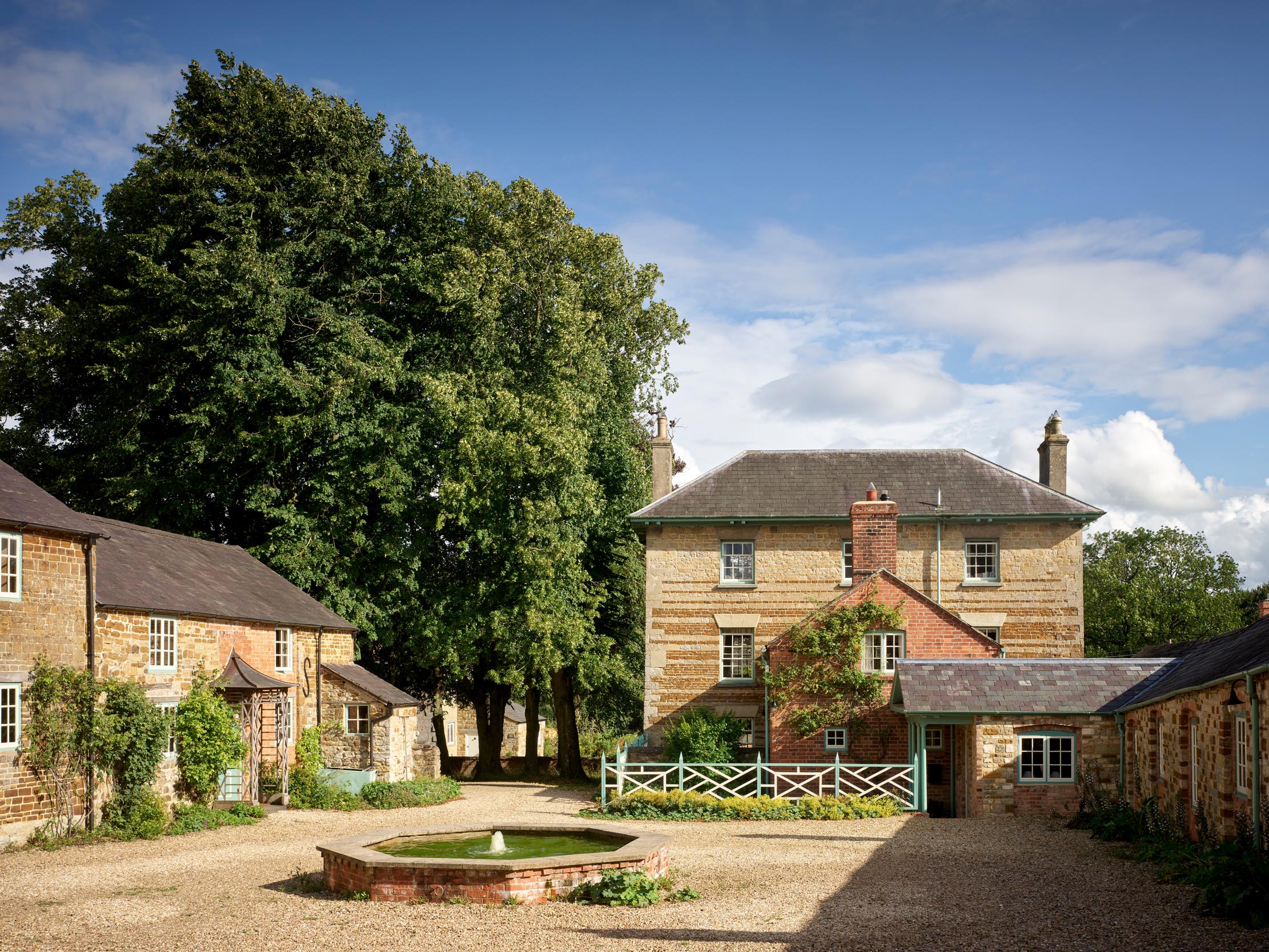

There have been many recent renovations of old village houses, as well as residential conversions of redundant farm buildings, but few of them are of the architectural quality to be seen at Boxes or make the same original use of the possibilities offered. The reinvention of this ruinous place has created a home of distinctive, even idiosyncratic, character.
When it was acquired by James and Mary Miller, Boxes (named after its front hedge of bumpy box bushes) was a scene of almost unimaginable dereliction, although still lived in by an old woman, who kept animals in the kitchen. The sky was visible from the ground floor through holes in the ceilings and roof slates. The courtyard at the back, surrounded by barns, stables and cart sheds, was even more tumbledown, with collapsing walls and remnants of roof poking through thickets of bramble, nettles and elderberry.
The Millers bought the property at auction in 1991, bidding against local builders who thought it ripe for ‘development’. The couple’s vision was somewhat different from that of their rivals eager to purchase the building; they were looking for a family house in the country as an augmentation to their place in west London. Mr Miller had inherited a little stone-built cottage at Middleton Stoney in Oxfordshire, which made a charming retreat when first married, but was too small for a family of three growing boys, dogs and horses; they needed somewhere bigger, preferably in the same area.
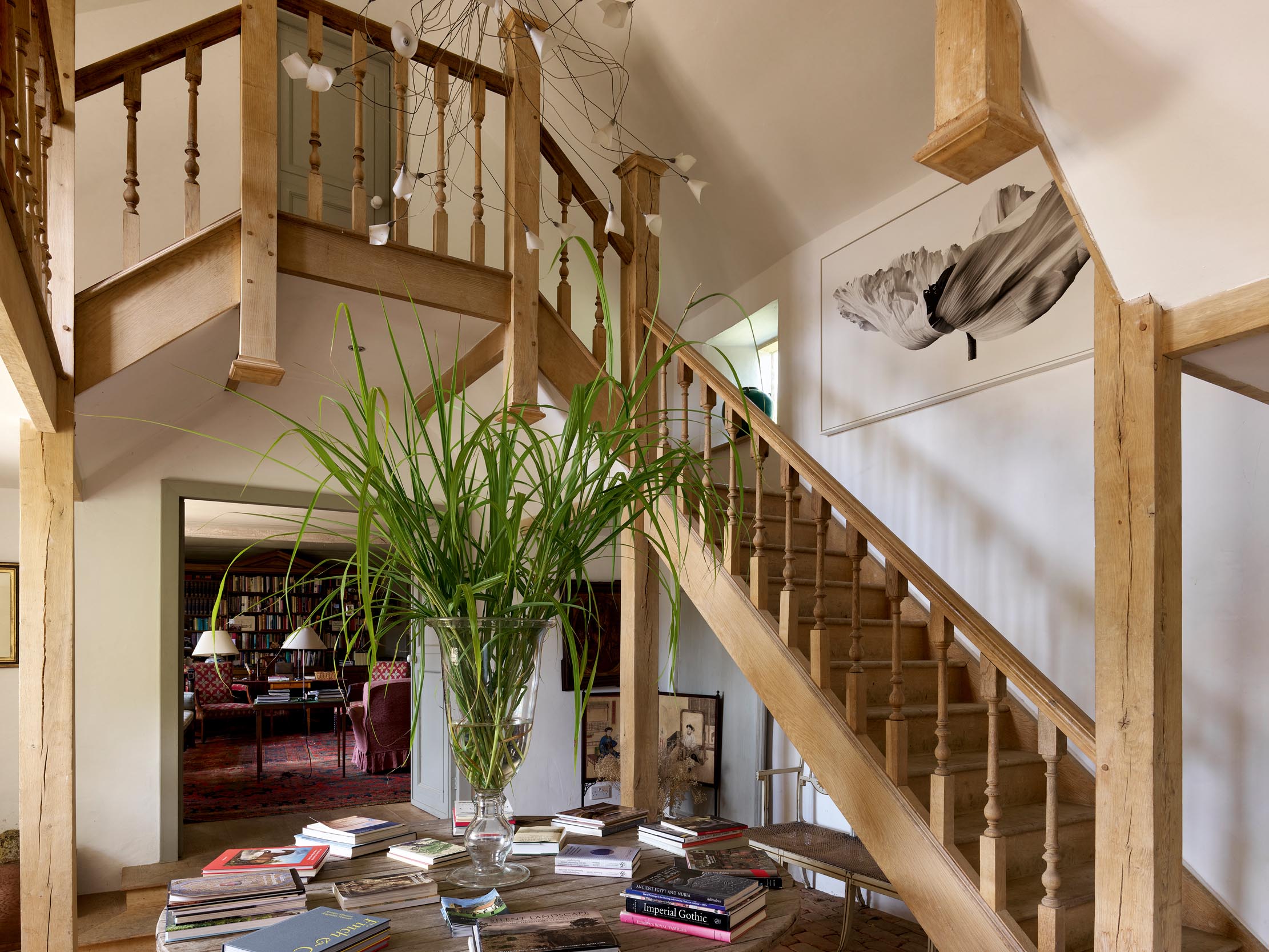
The story of how they founded Boxes varies. One version is that Mr Miller was riding in a balloon and saw the derelict farm down below; another is that Mrs Miller, who hunts with the Grafton, came across the house in the gloaming after a hard day in the field. They came, they saw, they bought.
The Millers found themselves the owners of a derelict house, plus collapsing outbuildings and three overgrown acres, and set about the transformation of it all with characteristic energy. By the end of 1991, they had made the main house habitable with a roof, running water and a kitchen. That was the first phase of the work and, since then, all the buildings have been restored and converted.
An architect was not employed, but the Millers bring a great deal of expertise to bear themselves, one of the reasons for the thoughtful character and aesthetic success of the result. Mrs Miller is a director of Marlborough Fine Art and her husband was deputy chairman of Sotheby’s, so the house is, to an extent, a setting for their varied collections of English and contemporary art (Fig 5). Their discerning eye is manifested in the subtle Provence green of the external paintwork, Chinese Chippendale railings (Fig 1) and the staggered perpendicular Trajan lettering of the painted name on the gateposts.
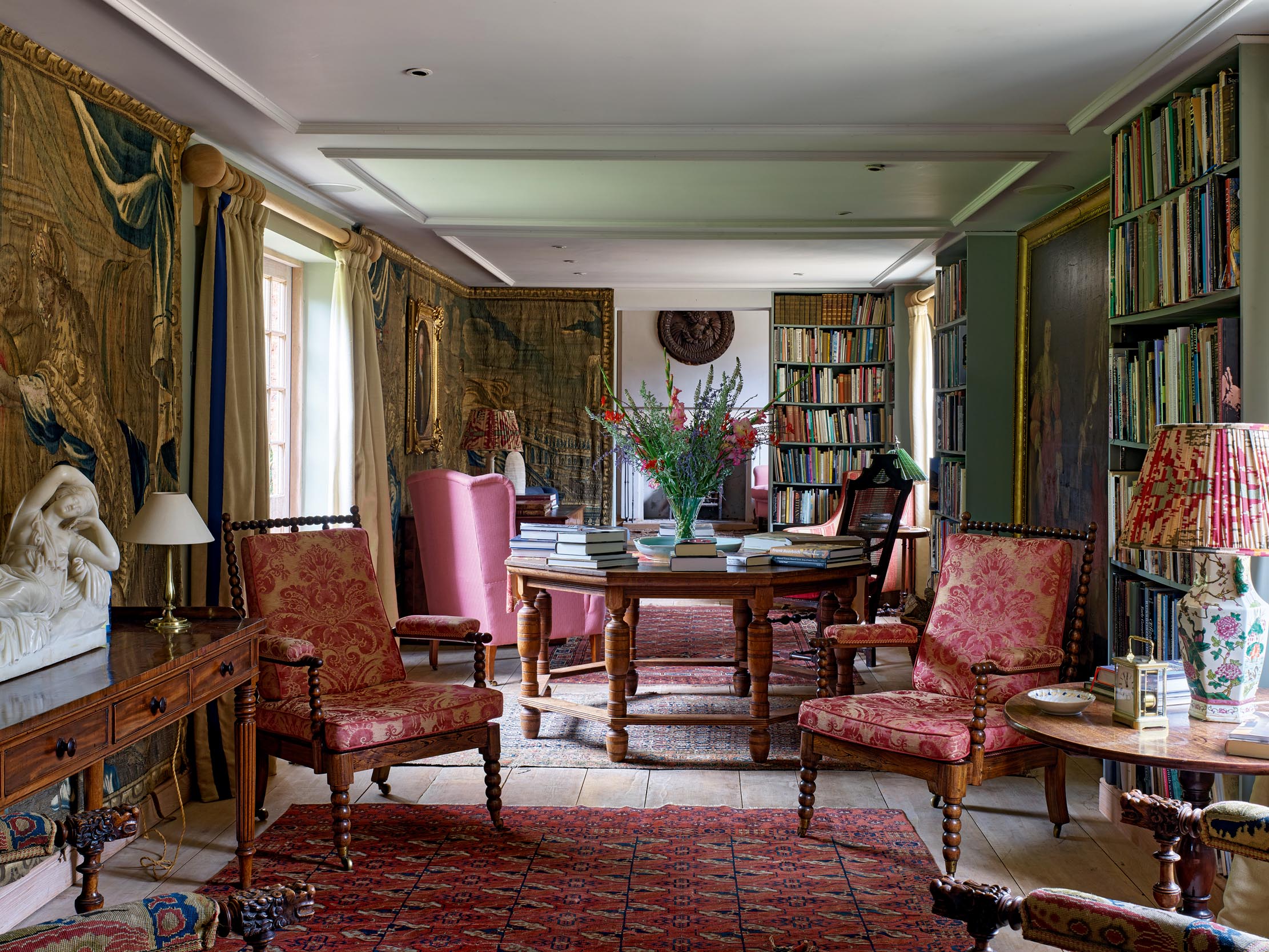
The Millers have been assisted by a succession of good builders, both called Peter: Peter Penn for the first phase and Peter Richardson later on. The input of artist friends has also been important in the design process, notably Glyn Boyd Harte, and John Sutcliffe, the former advisor to the National Trust. Mr Boyd Harte was responsible for the pedimented, iron-columned porch, the top-lit Book Room, a Soanic chimneystack with acroteria and a Chinoiserie verandah or two. Mr Sutcliffe has advised on the decoration, colours and fittings of the main rooms. Other friends were used as labour to demolish walls, dig the garden and plant trees.
Sign up for the Country Life Newsletter
Exquisite houses, the beauty of Nature, and how to get the most from your life, straight to your inbox.
Boxes is a two-storey stone house dating from 1698, but was remodelled with a top floor added and the front stuccoed with Italianate trim in the 1840s, in an attempt to keep up with the Thomas Cundy-designed model farms of the adjoining ducal, Grafton estate. The elevations and plan of the main house have been retained. The ground floor comprises a parlour or sitting room and dining room, replete with plain Victorian marble chimneypieces, flanking a narrow hall with mahogany hand-railed staircase leading to two bedrooms on each of the floors above. The rooms have been gently revived, retaining their picture rails and plain panelled doors.
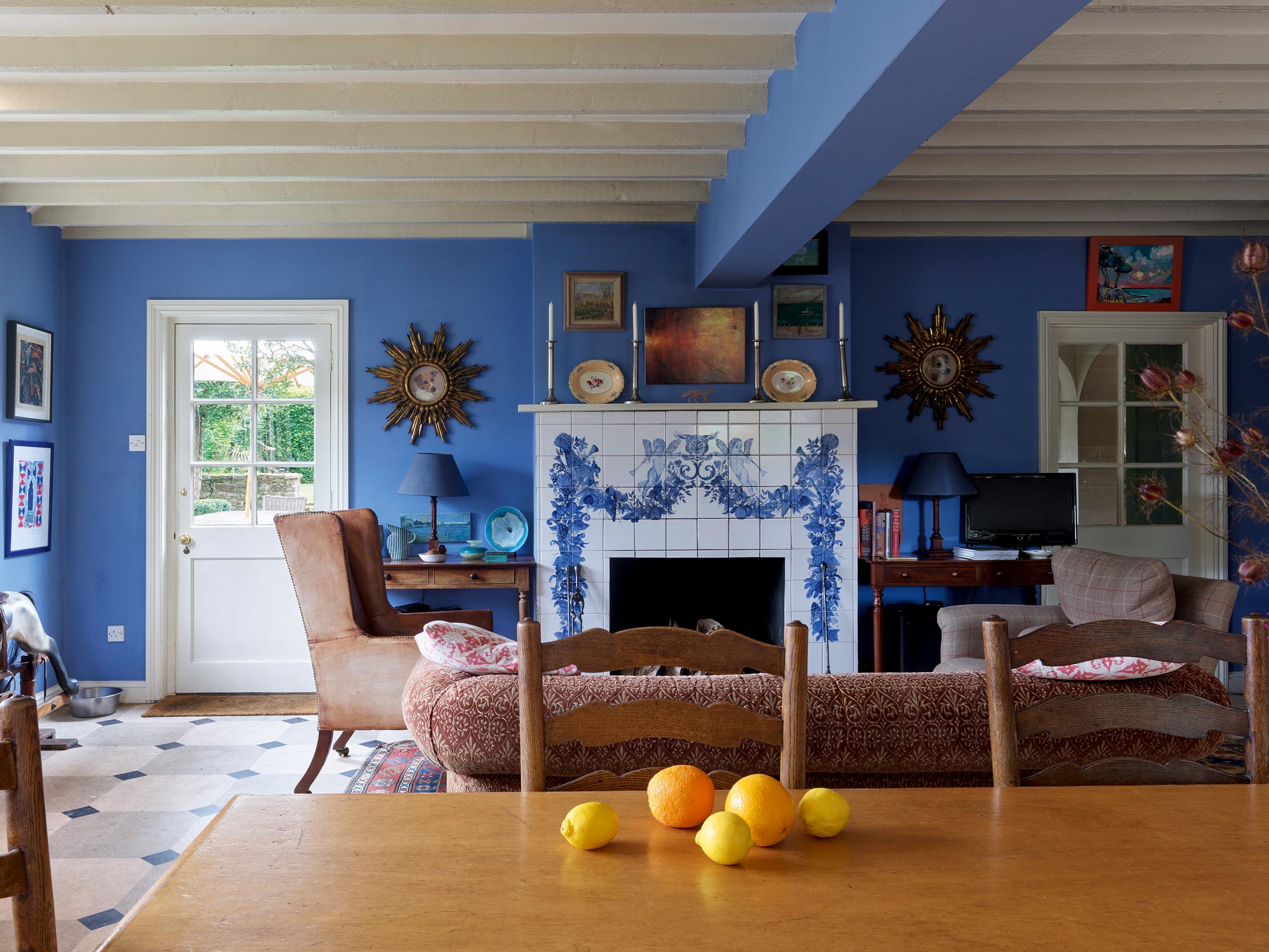
The former kitchen has become an inner hall, but retains an existing stone-paved floor and brick arched fireplace. Meanwhile, a new, larger family kitchen has been created by expanding into the former farm building to the west, with the Aga on one side and the fireplace opposite surrounded by comfortable seating (Fig 4). The fireplace has blue- and-white painted tiles with floral swags, wheat sheaves (for Miller) and flaming panthers’ heads (the ancient crest of Mrs Miller’s father, Peter Giffard of Chillington). These tiles were the work of the ceramicist Susan Rose. Opening off the kitchen is a boot room.
The space between the old and new kitchens, formerly a dank little yard, has been roofed and transformed into a book room (Fig 6). This is the most interesting interior of the house and was inspired by the Breakfast Room in Sir John Soane’s Museum, with graining, geometry and mirrors. It has a segmental plaster ceiling, bookcases and a glazed cupola with coloured margin lights, the ideas of Mr Boyd Harte, who also grained the woodwork. He was responsible for the next-door entrance hall, too (imperceptibly enlarged in 2019) with faux bamboo decoration à la Brighton Pavilion, The Classical porch reuses slim cast-iron columns from the open cart shed (Fig 7).
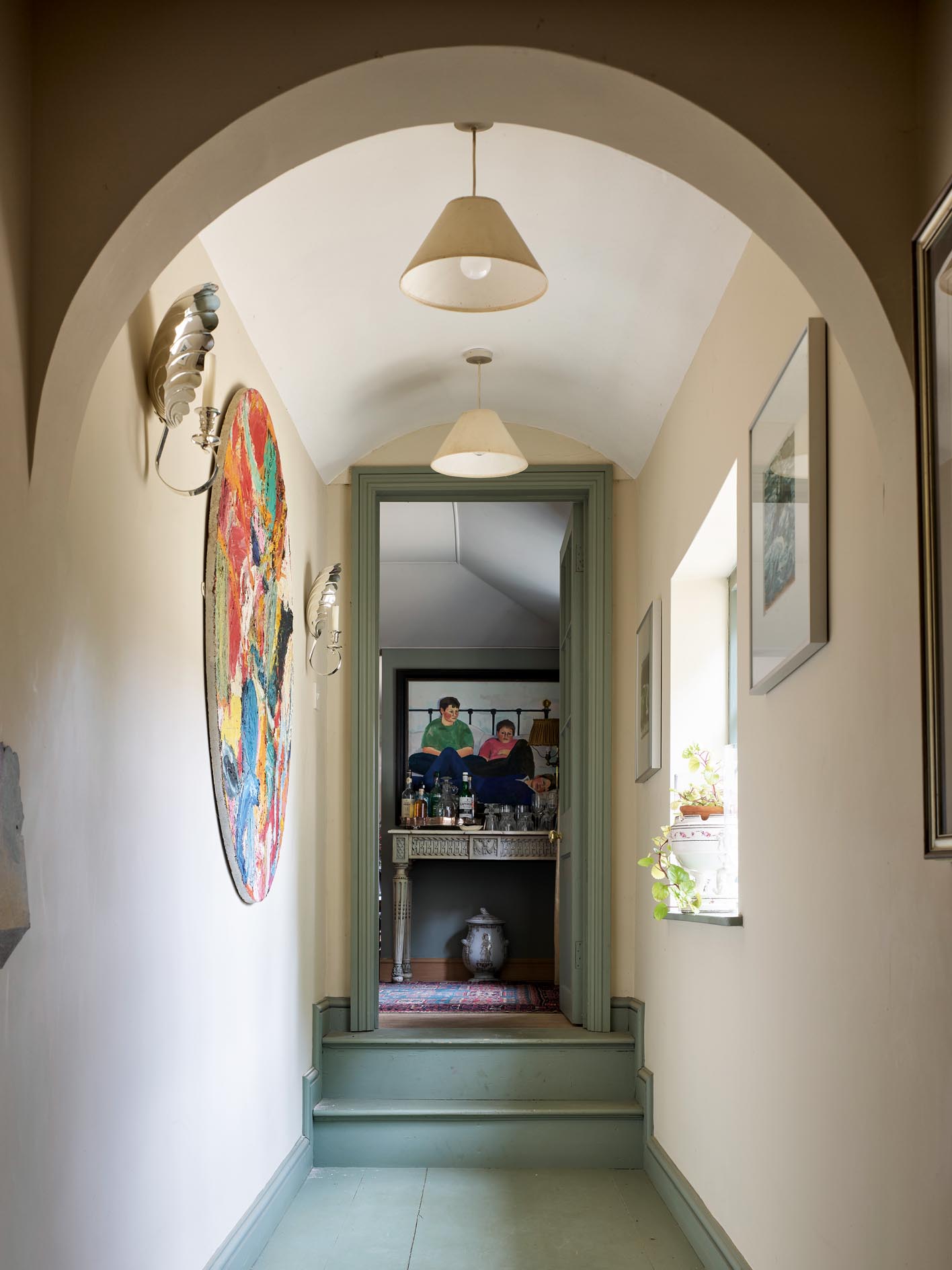
The domestic expansion further into the cart shed was continued when a playroom was made to the north for the boys. The principal part of the second phase of work was, however, the conversion of the detached former stable range and dairy on the east side of the yard in the early 2000s. The exterior was little altered; keeping the happy vernacular mixture of disparate windows and doors, but with the addition of a trellised porch.
Inside, a full-height hall was created with a branched oak staircase, incorporating 18th- century turned bannisters from Yorkshire (Fig 2). This introduces an element of spatial grandeur, with a rustic touch manifested in a brick paved floor and unpainted oak joinery. Most of the ground floor — which was formerly the dairy — was converted into a large study designed by Mr Sutcliffe, with painted bolection panelling, a bolection chimneypiece and one wall covered with a pedimented grained bookcase found in a local antique shop and adapted to the space. The walls are painted grey-green, and the room warmed visually by a large, worn Turkish rug from Crossrigg Hall.
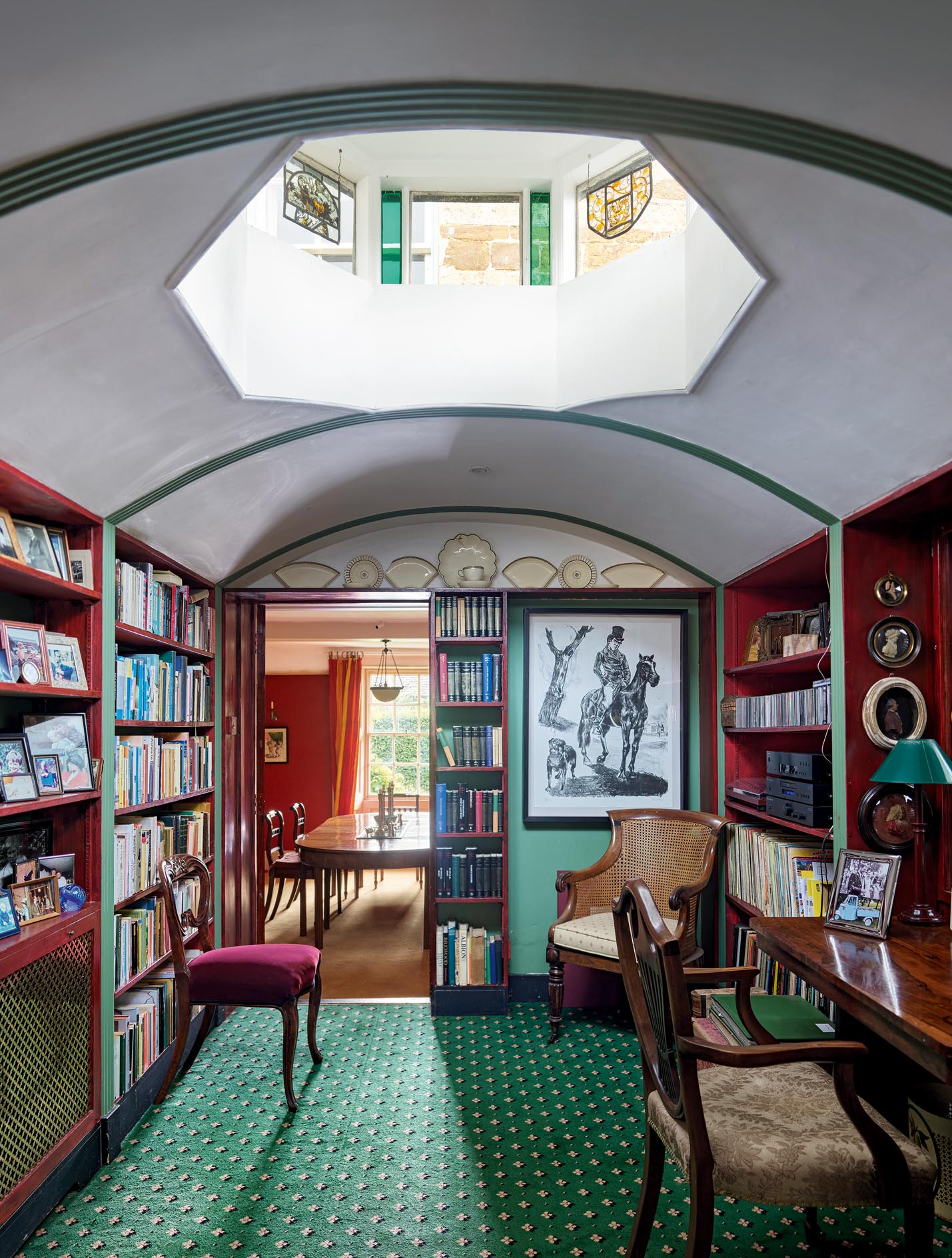
A feature of the interiors of Boxes is the inclusion of mementos from house sales over which Mr Miller presided: a marble water lily from the Chatsworth attic sale, chairs from Michael Gillingham’s Spitalfields house, a tablecloth from Benacre, tapestries from Powderham, Worcester plates from Sir Albert Richardson’s house at Ampthill (Country Life, December 11, 2013). These give the rooms a happy autobiographical dimension, like a three-dimensional curriculum vitae.
The hay lofts upstairs were converted into three simple bedrooms for the boys, which are approached by a passage lit by narrow slit windows. These, which add to the character, were a requirement of the planners, who did not want too much fenestration. A nice touch is the rough texture of the whitewashed plaster walls resulting from the inclusion of coarse gritty sand in the mix — to the horror of the builders, who prize painstakingly smooth finishes.
When the boys moved into the stables, their old playroom was remodelled and extended to become the main drawing room, designed by Mr Sutcliffe. This was a tricky job as the ground sloped upwards. The Sutcliffe solution was to divide the room into three spaces with projecting bookcases framing steps. The first part is an ante room with a grand piano and the drinks table, the long middle is the main sitting area, lined with the Powderham tapestries of Esther and Ahasuerus (Fig 3), and the far end has a Lutyens-type stone chimneypiece to form a cosy ‘calefactory’.
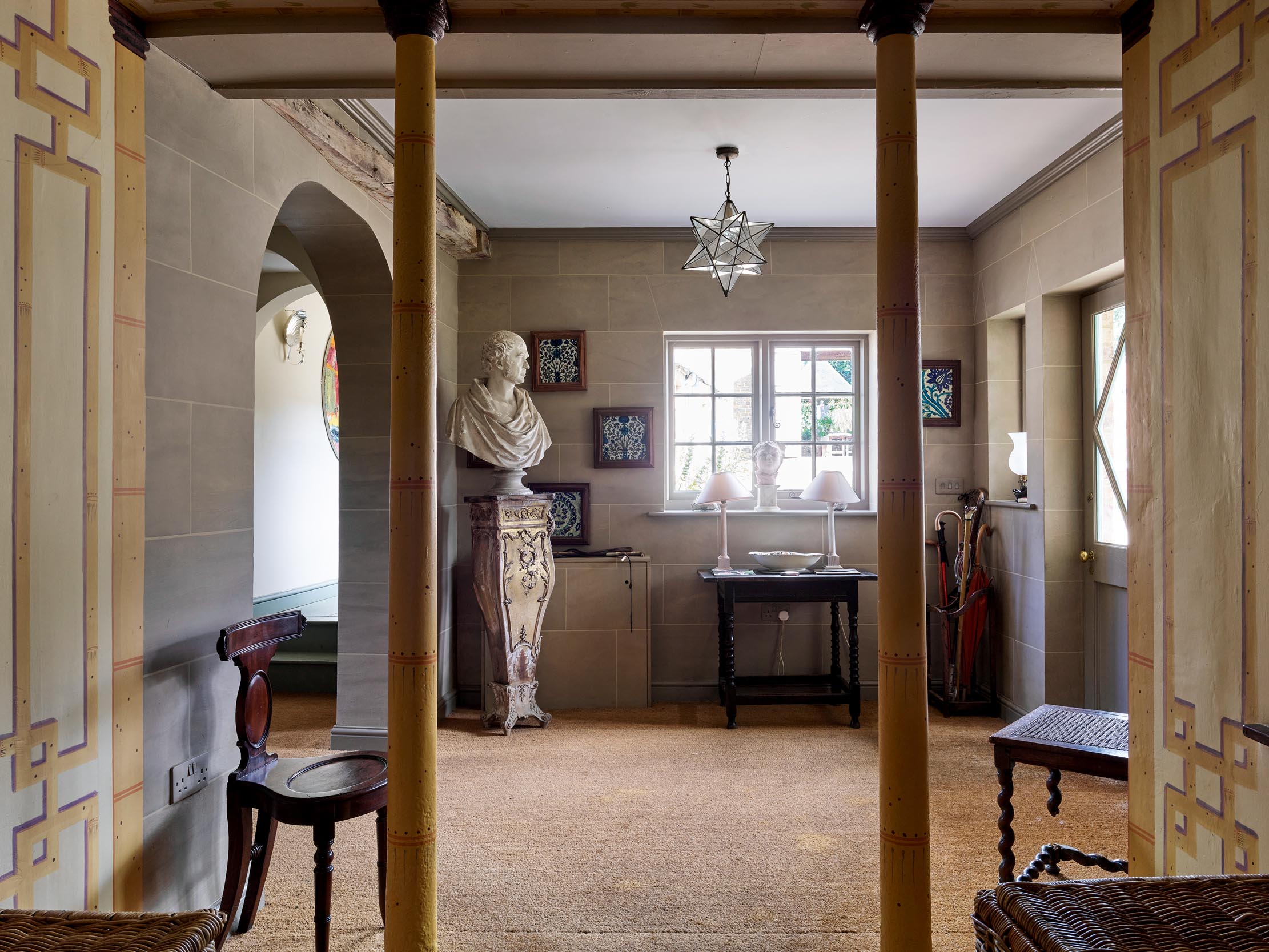
The gallery-type feel of the drawing room is enhanced by the dense hang of paintings, prints, drawings and watercolours, old and new, by artists and friends (not necessarily mutually exclusive). The rich hang here is typical of the house as a whole.
Over 30 years, the interior decoration and arrangements have been gradually altered and enhanced. The dining room is now painted a deep red, having first been cream; it reflects the carpet tones and was mixed by Papers and Paints from a red Morocco book binding. The complementary red and gold curtains are made of a chance purchase from Jaipur acquired on a visit to India and a cheap ‘Woolworths’ mirror bought by one of the boys acts as an ingenious surtout de table.
The Victorian parlour or sitting room has walls painted rose pink and cream, an ensemble recalled from a house in the Welsh Marches. The picture hang is the densest in a house of dense hangs, four deep from ceiling to skirting, a medley of drawings, watercolours and oil sketches.
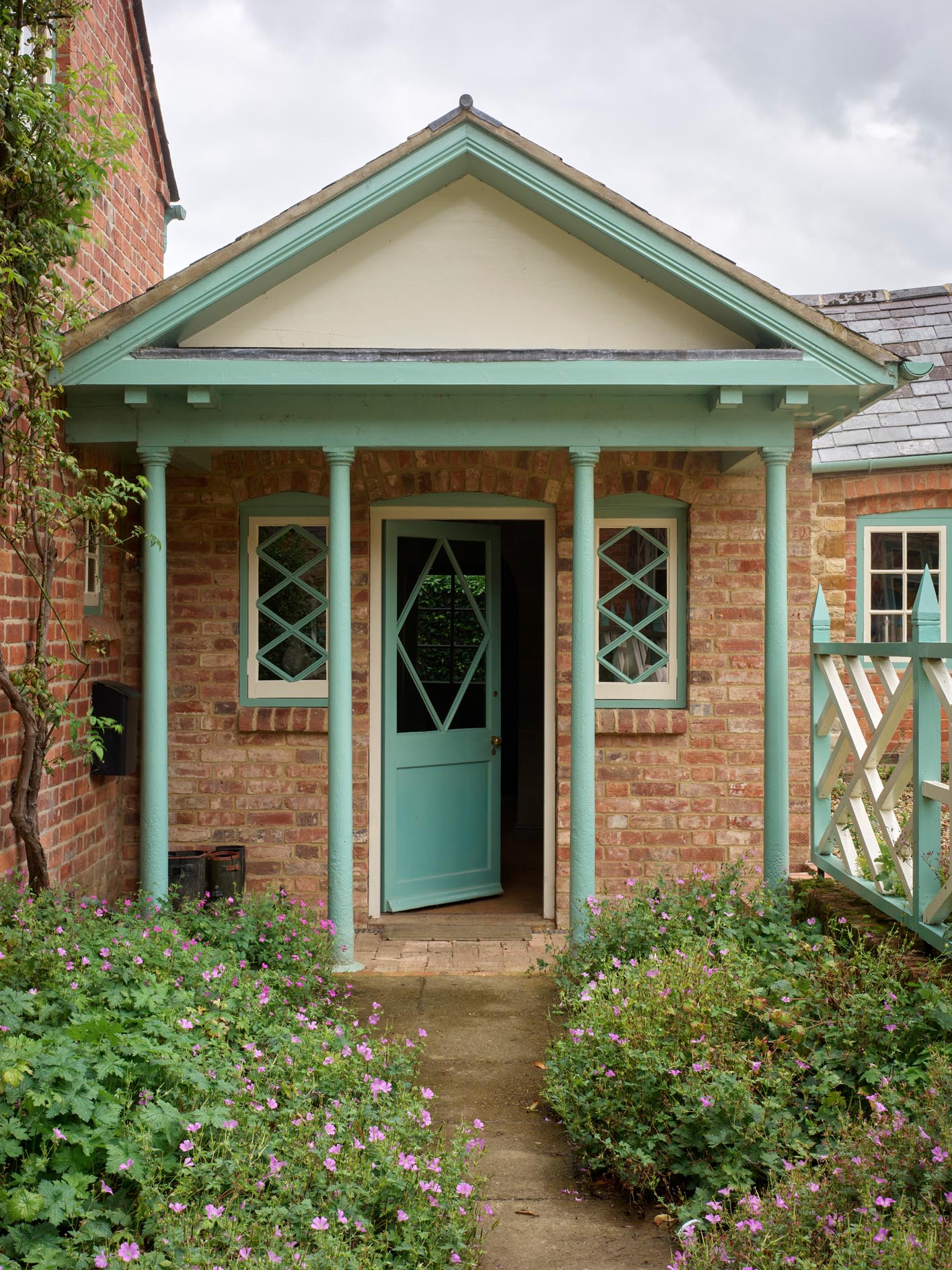
The garden is entirely a new creation and forms a continuous U-shaped succession of spaces around the house. Exploring is like proceeding through a series of hedged rooms, some with borders, some with beds of vegetables, and an orchard with bulbs and long grass. The sloping site is put to good use, with occasional stone steps creating interest and hedges of yew or laurel.
Roddy Llewellyn advised on the planting, suggesting unlikely colour and height combinations, with the result that the garden makes an excellent foil to the house, echoing the varied rooms and spaces inside and completing the architectural ensemble. As is the house itself, it is full of original touches and eccentricities, including a thatched barn copied from a horse painting by J. F. Herring and a castellated wooden tree house in an old thorn tree. The paddock to the north is bisected by a curving lime avenue where the trees are growing well after 20 years and careful pruning.
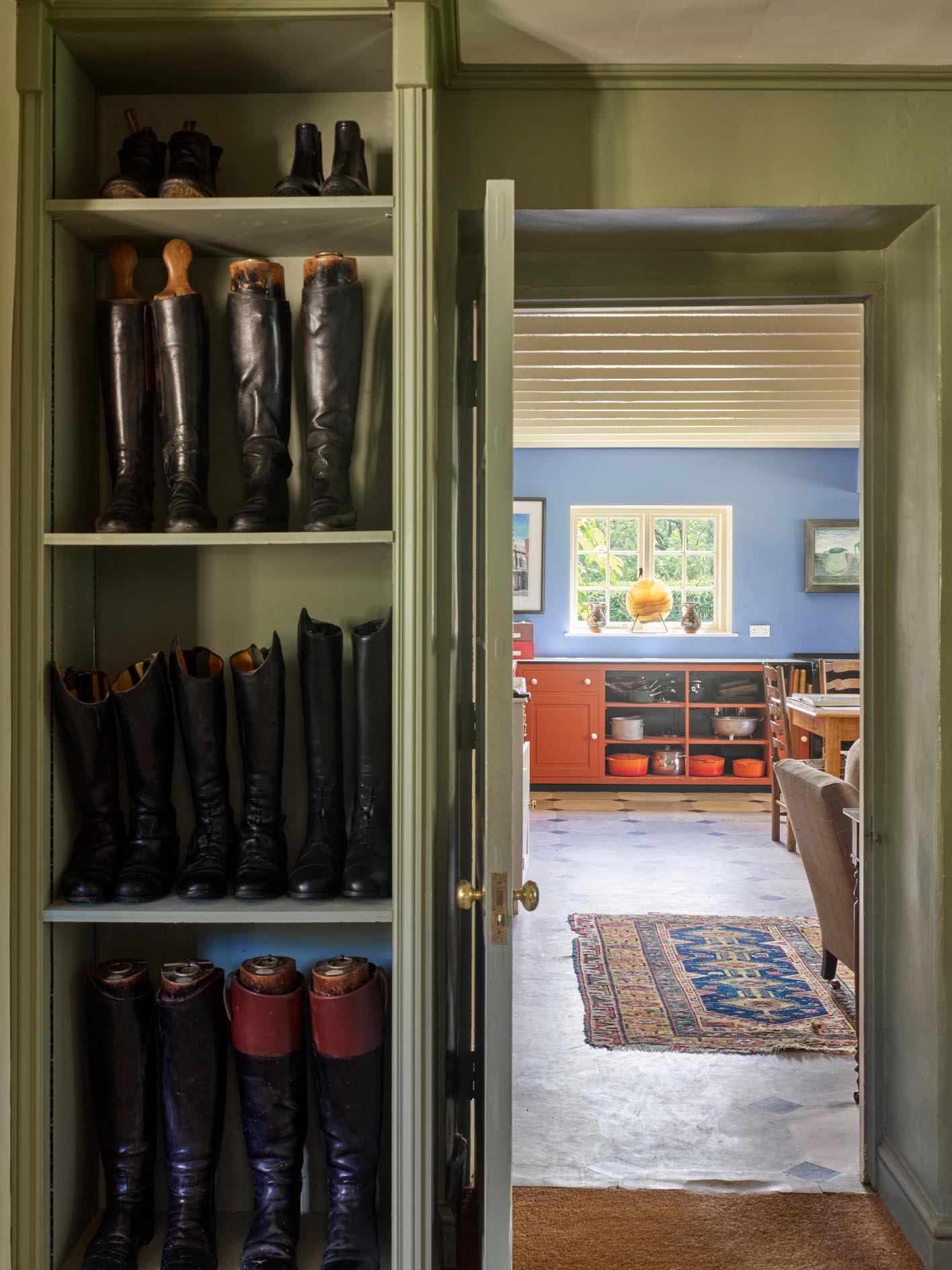
A house restoration such as that of Boxes is a remarkably personal, almost autobiographical, achievement, very different from a boring, Minimalist, modern dwelling. With its pictures, books, ‘nice things’, unexpected colour combinations, careful garden planting and resonant architectural flourishes, it demonstrates the best of informed late-20th- and early-21st-century taste. Its revival has converted a ruin into an inspiring house.
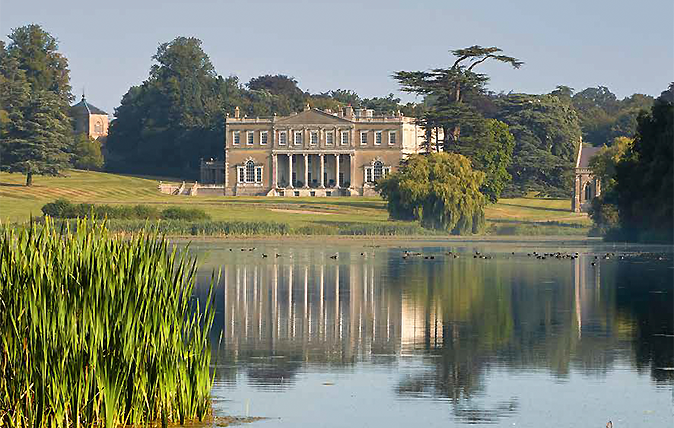
The magnificent puzzle of Crichel, one of Dorset’s grandest Georgian houses
John Martin Robinson is your guide to a place where peeling away one layer only ever seems to reveal several
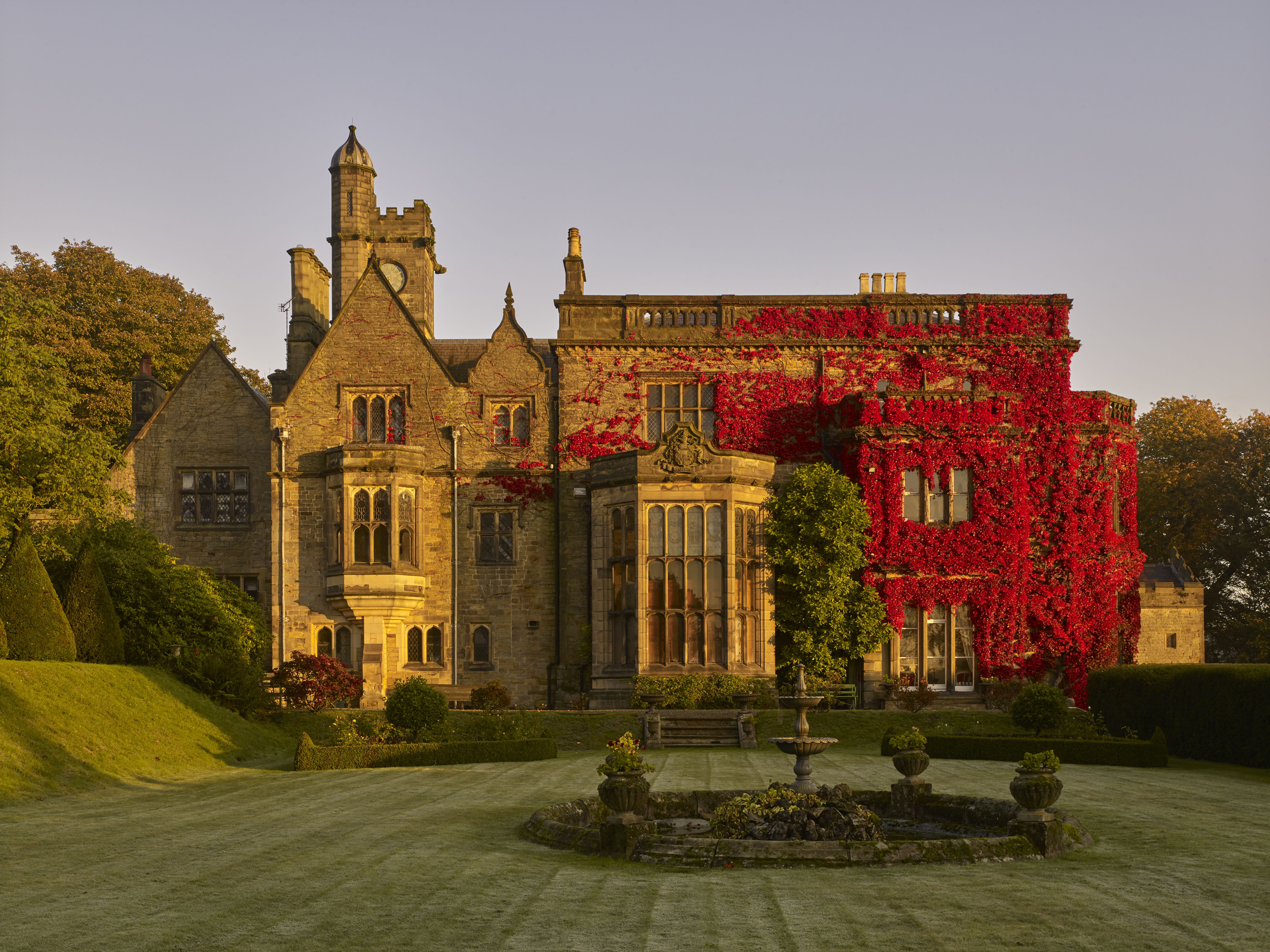
Ogston Hall: A romantic, well-maintained family home, diligently researched and preserved
The characterful re-working of an ancient family house in the 1850s integrated its varied elements into an impressive and coherent
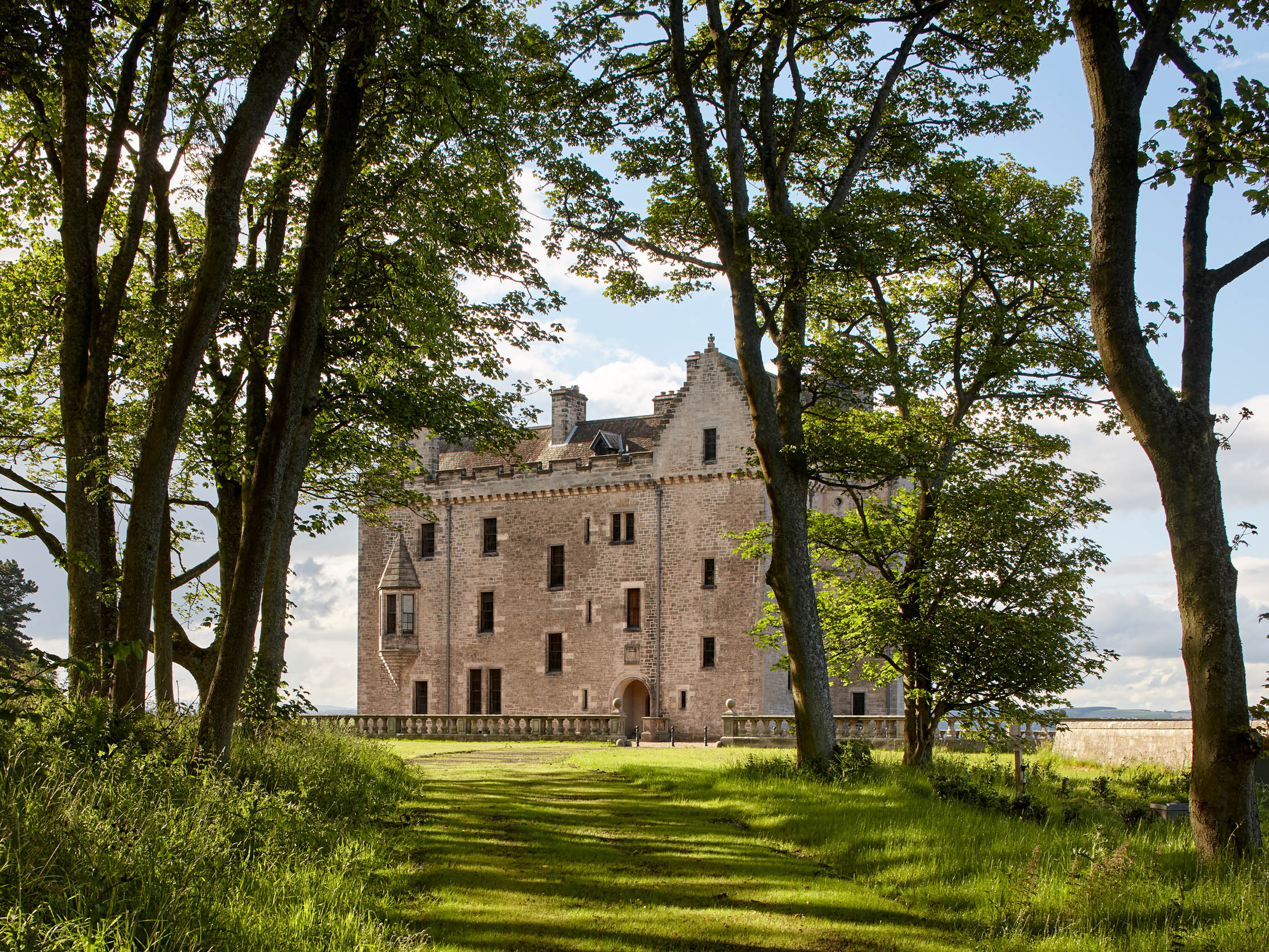
Barnbougle Castle: A book-filled haven in Edinburgh where the water laps up to the garden’s edge
The waterside retreat of the Earl of Rosebery & Midlothian — a celebrated Victorian politician, sportsman, antiquarian and bibliophile —
-
 380 acres and 90 bedrooms on the £25m private island being sold by one of Britain's top music producers
380 acres and 90 bedrooms on the £25m private island being sold by one of Britain's top music producersStormzy, Rihanna and the Rolling Stones are just a part of the story at Osea Island, a dot on the map in the seas off Essex.
By Lotte Brundle
-
 'A delicious chance to step back in time and bask in the best of Britain': An insider's guide to The Season
'A delicious chance to step back in time and bask in the best of Britain': An insider's guide to The SeasonHere's how to navigate this summer's top events in style, from those who know best.
By Madeleine Silver